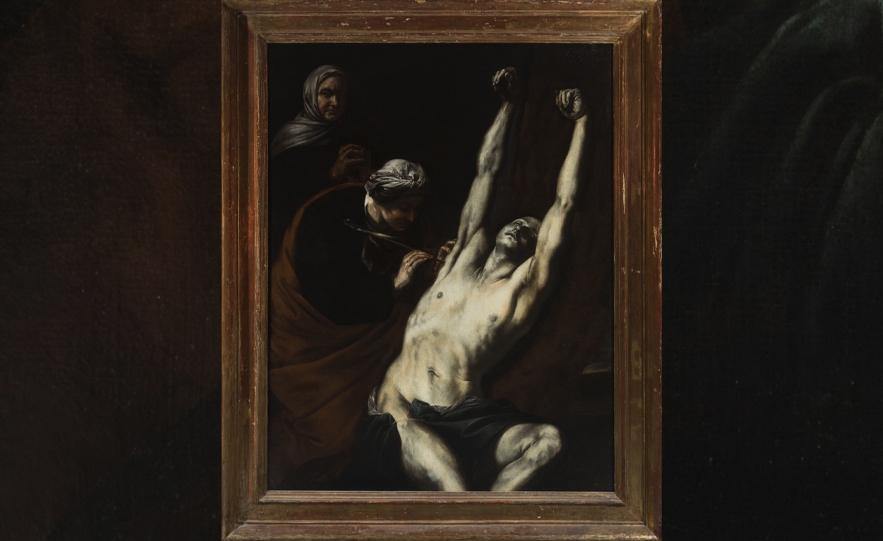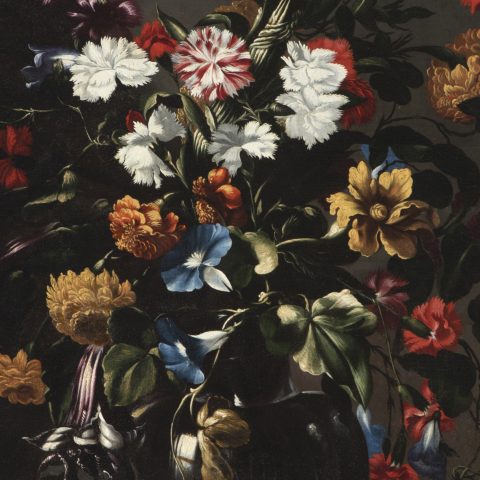José de Ribera, one of the great masters of the Baroque, found in the figure of Saint Sebastian an inexhaustible source of artistic inspiration. In his work, he depicts the saint’s story as a symbol of life and faith, capturing the tension between suffering and redemption.
Ribera found a great source of inspiration in the figure of Saint Sebastian and in his story, marked by his rise in the army in the time of Diocletian and by his charisma, with which he converted many Romans to Christianity and even managed to avoid the execution of others.
Precisely, his torment and the strength that his story transmits are the protagonists of this canvas, in which he captures how another Christian, Irene, together with her servant Luciana, came to Sebastian’s aid after he was condemned to die by the arrows of his companions. The artist captures how they both freed him and cared for his languid body, even saving his life.
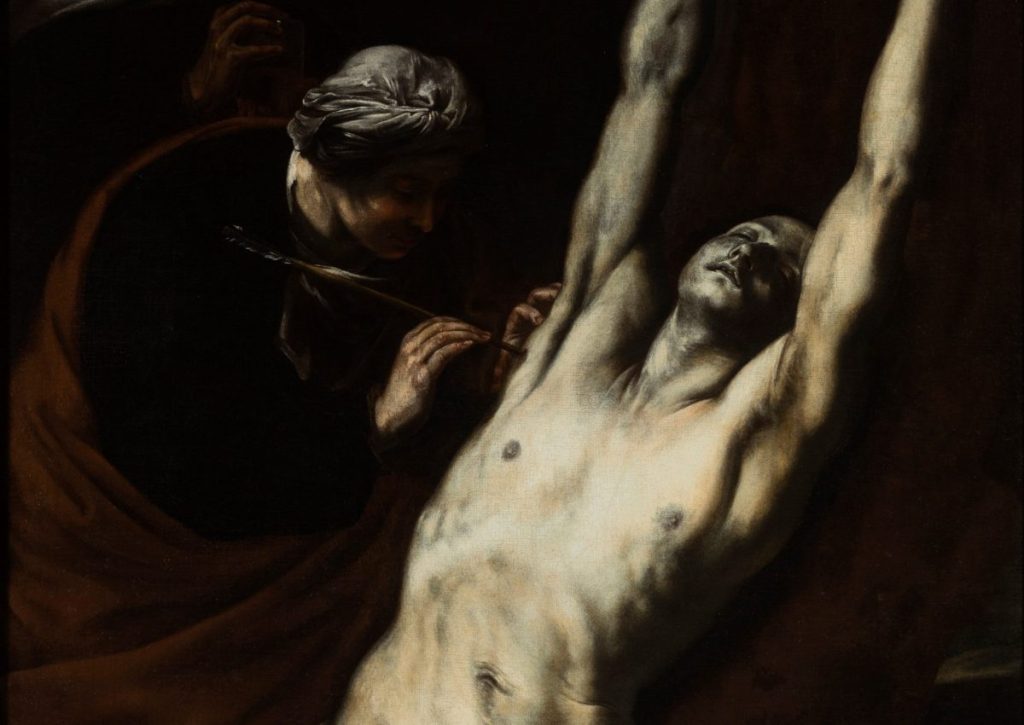
José de Ribera

Roman copy of a Greek original , Capitoline Museums
In this version by Ribera, the scene takes place in a twilight setting, as if night had enveloped the city of Rome, allowing the two women to act without being seen. They untie Sebastian from the tree and clean his body from the arrows. Ribera presents us with a beautiful young man, whose nudity is subtly covered. Sebastian’s pale, almost marbled skin suggests a fatal outcome, although his body is not covered in blood. Ribera seems to be inspired by classical sculpture, evoking the Dying Gaul of the Capitoline Museums. Like that figure, Sebastian seems frozen in time, connecting the oppression of the Roman Empire with the history of the future saint. Although his body reflects deep suffering, a halo of life seems to linger on his face. His expression, serene and placid, with a slight smile, suggests that Sebastian is still alive.
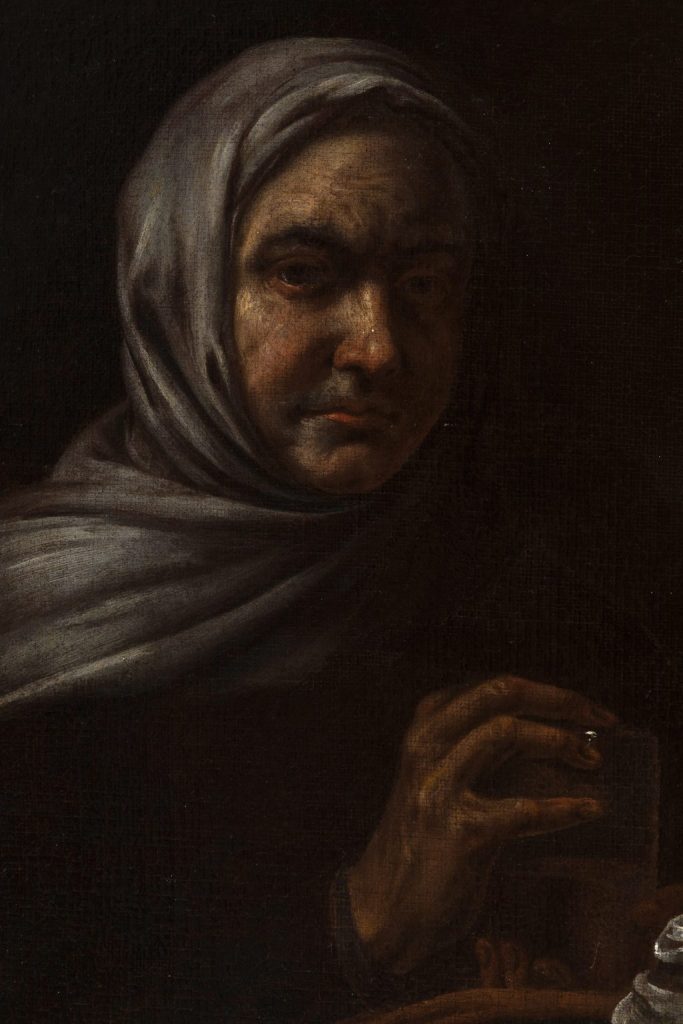


Although Saint Sebastian, with the radiance of his skin, visually dominates the scene, the figures of Saint Irene and Lucina play an essential role. Lucina, the maid, appears holding a jar, probably with ointments for wounds, as she watches the scene serenely. Their haughty look reflects both their bravery in saving Sebastian and their lack of fear of any observers who might give them away.
Lucina’s eyes connect us directly with the scene, breaking the barrier between the spectator and the work. Suddenly, we become Roman witnesses, curious passers-by who encounter a brutal reality of the Empire: death in the streets. Ribera, with this compositional solution, involves us in the martyrdom of Sebastian.
If we compare this scene with the famous representation of Judith and her maid, we can notice a clear parallelism. According to the Old Testament, Judith saved the Hebrew people after assassinating General Holofernes. Similarly, Irene is a heroine, as she saves Christianity, represented in Saint Sebastian.
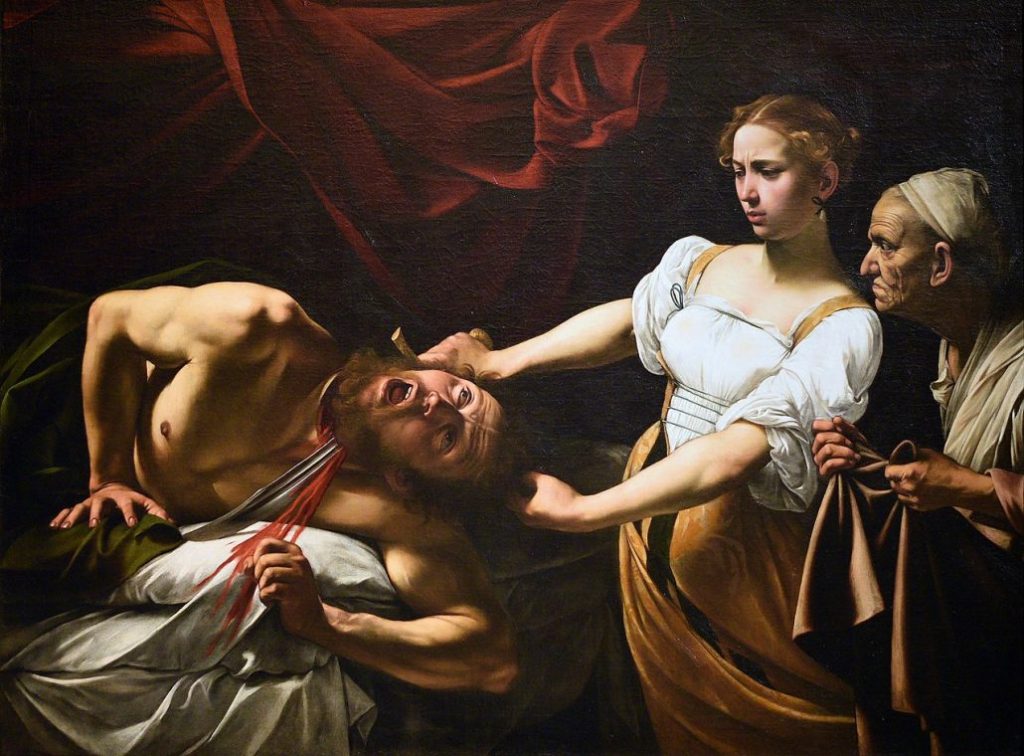
Saint Irene is shown stripping Sebastian of his last arrow. This apparently simple act reveals two simultaneous actions: with his right hand he removes the arrow with surprising delicacy, while with his left hand he supports his body, providing the necessary support to complete his task. This gesture, so measured and precise, softens the dramatic event and reinforces the symbolism of compassion and salvation.
In this way, Ribera shows us that faith has triumphed over tyranny and death. The firmness of Sebastian’s convictions and Irene’s heroism made it possible for the martyr not to perish at that moment, offering a message of hope and redemption.

